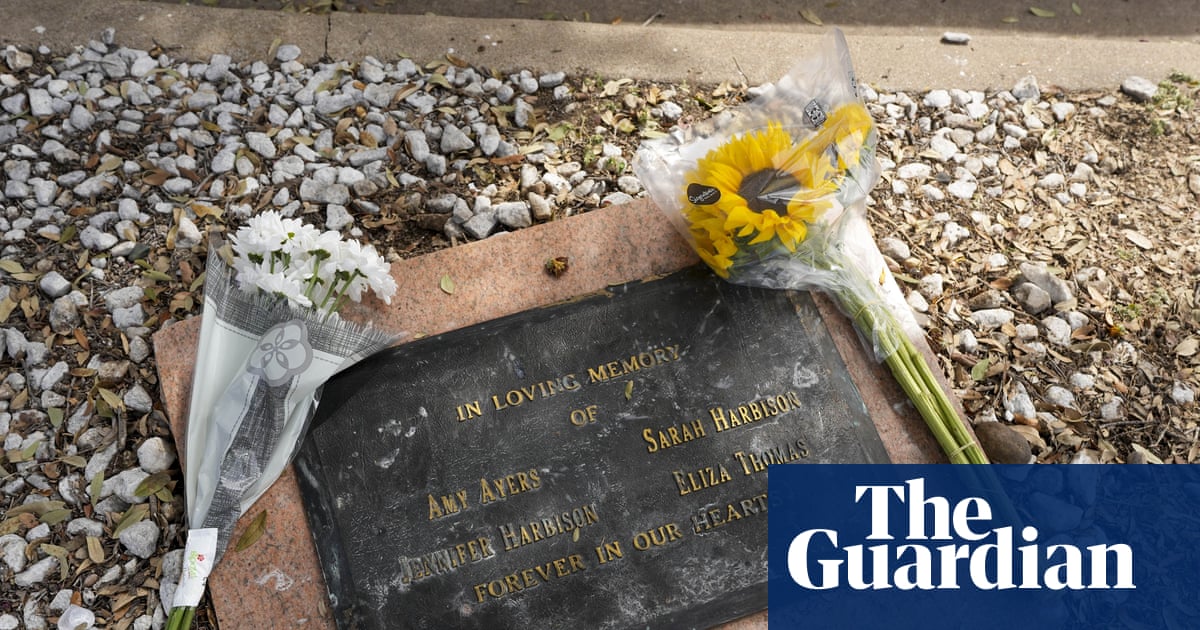
"On 6 December 1991, a Friday, Jennifer Harbison and Eliza Thomas, both 17, were closing the frozen yoghurt shop where they worked while Jennifer's sister, 15-year-old Sarah Harbison, and 13-year-old Amy Ayers, her friend, waited for a ride from Jennifer. Moments before midnight, a fire at the shop drew first responders, who discovered the four girls had been bound and murdered, with signs of sexual assault."
"The fire destroyed nearly all evidence, save for a shell casing that had rolled into a drain and trace amounts of DNA, including under Ayers' fingernails. The yoghurt shop murders shook the city of Austin, Texas, and became one of the most infamous cold cases in the country. After years of dead ends and false convictions, the homicides eventually led to Joe Biden signing a federal law in 2022 to allow victims' families to ask for cold cases to be reopened."
"Law enforcement officials announced on Monday a significant breakthrough driven by new technology around ballistics and DNA, said Austin's mayor, Kirk Watson, at a press conference on Monday. A photo of Jennifer and Sarah Harbison, displayed as police announce a break in the case. Photograph: Bob Daemmrich/Zuma Press Wire/Shutterstock The evidence points to Robert Eugene Brashers, who was identified after his death as a serial killer. More murders may be added to his toll as DNA analyses become more advanced and widespread."
"Scientific and technological advances are identifying previously unknown serial killers like Brashers. The only physical evidence located at that scene has been matched to him, said Austin's chief of police, Lisa Davis. The case isn't closed yet, but this is a major step, and Brashers is believed to be the sole perpetrator, Davis said. Eliza's sister Sonora Thomas, now a therapist, said her mind was split in two when Eliza was killed."
On 6 December 1991 four teenagers—Jennifer and Sarah Harbison, Eliza Thomas, and Amy Ayers—were found bound, murdered, and showing signs of sexual assault after a fire at a frozen yoghurt shop in Austin, Texas. The blaze destroyed nearly all physical evidence, leaving only a shell casing recovered from a drain and trace DNA, including material under Ayers' fingernails. The homicides remained a cold case for nearly 34 years, producing dead ends and false convictions and prompting a 2022 federal law allowing families to request cold-case reopenings. Recent advances in ballistics and DNA analysis identified deceased suspect Robert Eugene Brashers, who is believed to be the sole perpetrator, while investigators say the case is not yet closed and additional victims may be linked as analyses continue.
Read at www.theguardian.com
Unable to calculate read time
Collection
[
|
...
]